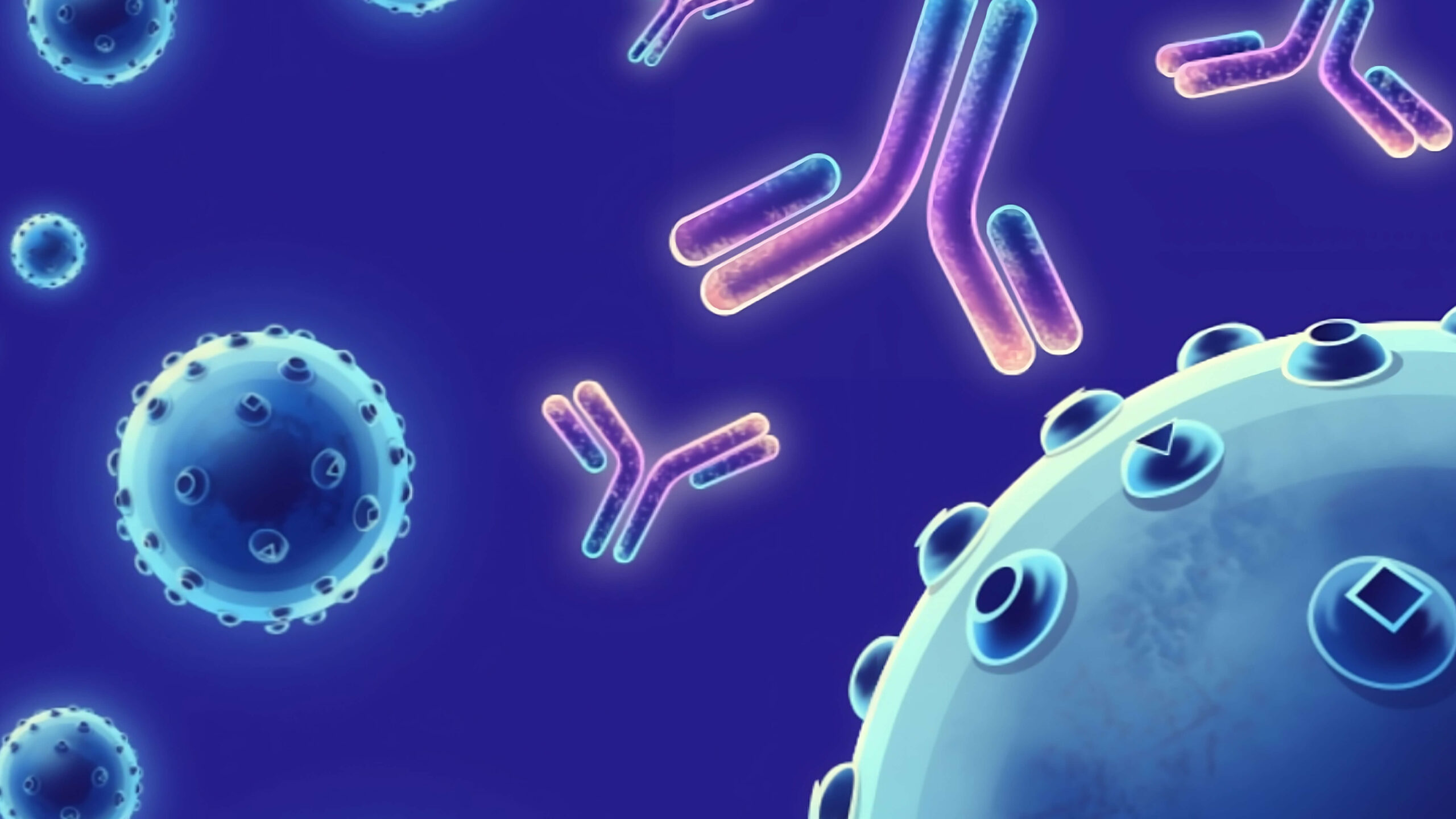Description
The cluster of differentiation (CD) system is commonly used as cell markers in Immunophenotyping. Different kinds of cells in the immune system can be identified through the surface CD molecules associating with the immune function of the cell. There are more than 320 CD unique clusters and subclusters have been identified. Some of the CD molecules serve as receptors or ligands important to the cell through initiating a signal cascade which then alter the behavior of the cell. Some CD proteins do not take part in cell signal process but have other functions such as cell adhesion. The CD155 ligand CD96 is a member of the Ig superfamily. It's an immunoglobulin-like protein tentatively allocated to the repertoire of human NK receptors. NK cells recognize poliovirus receptor (PVR), a nectins and nectin-like protein family member serve to mediate cell-cell adhesion, cell migration, with the presence of an additional receptor, CD96. CD96 promotes NK cell adhesion to target cells expressing PVR, stimulates cytotoxicity of activated NK cells, and mediates acquisition of PVR from target cells. The effect the cells with mutated CD96 protein lost adhesion and growth activities indicates that CD96 mutations may cause a form of the C syndrome by interfering with cell adhesion and growth.
Target
CD96
Target Alias Names
1700109I12Rik, Tactile
Isotype/Mimetic
Rabbit IgG
Animal-Derived Biomaterials Used
No
Sequence Available
No
Original Discovery Method
Phage display technology
Antibody/Binder Origins
Animal-dependent discovery, post-2020, In vitro recombinant expression

